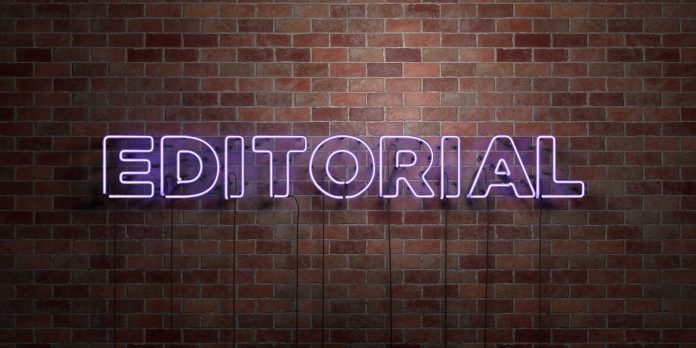Last week, news broke that A Different Light in San Francisco’s Castro District was closing. Though unconfirmed by store owner Bill Barker, there were apparently closing signs posted in the store windows.
A Different Light originally opened in 1979 and expanded to a second location in West Hollywood, which closed in 2009.
Many have lamented the closing of iconic LGBT bookstores, from the Oscar Wilde Bookshop in New York City to Lambda Rising in Washington, D.C.
Some have postulated that the closings represent the mainstreaming of LGBT identities, that since mainstream bookstores now stock LGBT titles — and even have gay sections — LGBT-specific stores aren’t needed.
While that may be true, there are other confluent forces at work here.
One is the pressure big-box bookstores put on independent stores. This phenomenon is by no means exclusive to LGBT bookstores, or even just bookstores. There are plenty of instances of small shops going out of business because of large retailers. (Hardware stores are another good example.) Even big-box retailers are trimming down, as evidenced by the shuttering of Borders bookstores locally.
Another factor impacting sales at LGBT bookstores are e-readers. From Kindle to Nook to books on iPad, readers can now choose portable, paperless options that take up less space and don’t require paper production (a nod to eco-consciousness). Add on the benefits of being able to buy a book without leaving your house or while on the go and being able to carry hundreds of books in the space of just one, and a book becomes a harder sell.
More than just e-readers is the technology overtaking people’s daily lives. In the last century, we’ve moved from books, to radio, to television, to computers, the internet and texting.
Internet surfing, Facebook and Twitter have amped up our need for immediacy of information — in small allotments.
Television and internet news too have decreased our attention spans: It’s becoming more rare that we take time to learn about a subject or story in-depth.
In newspapers, the harbinger of change was USA Today in 1982, which served bite-sized stories for a national audience — and vies with the Wall Street Journal for highest circulation.
But there’s something to be said for losing one’s self in a book, spending an hour — two, four — learning about new people, places and things. There’s a value to being able to concentrate on a subject for long spans of time, delving into the intricacies and exploring the nuances, as opposed to being fed small, easily digestible morsels of information.
Books still represent something tangible — a touchstone — to evidence the knowledge you have collected and shared (and lost), and the journey you have made, in a way that Facebook or Twitter can never duplicate.
